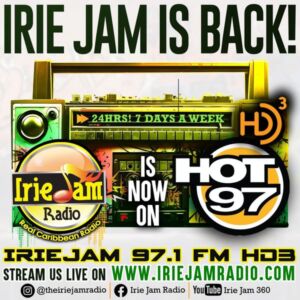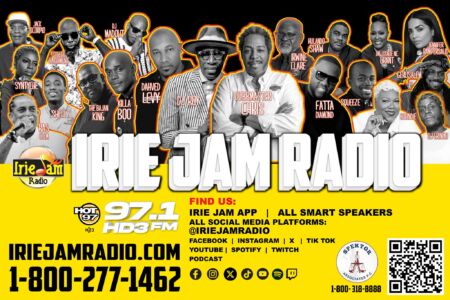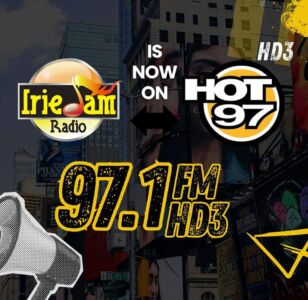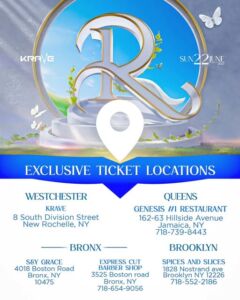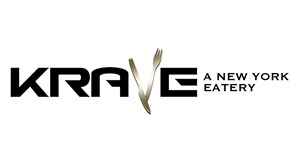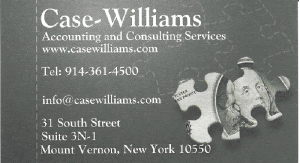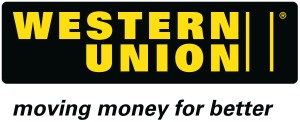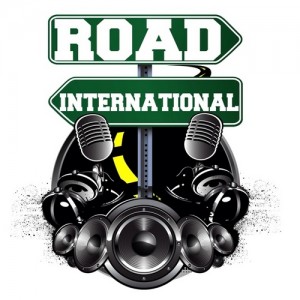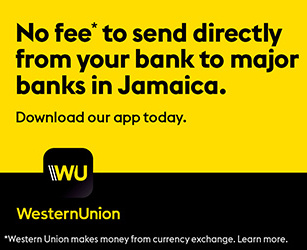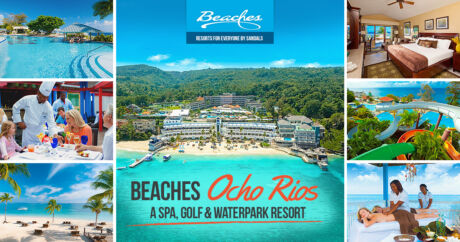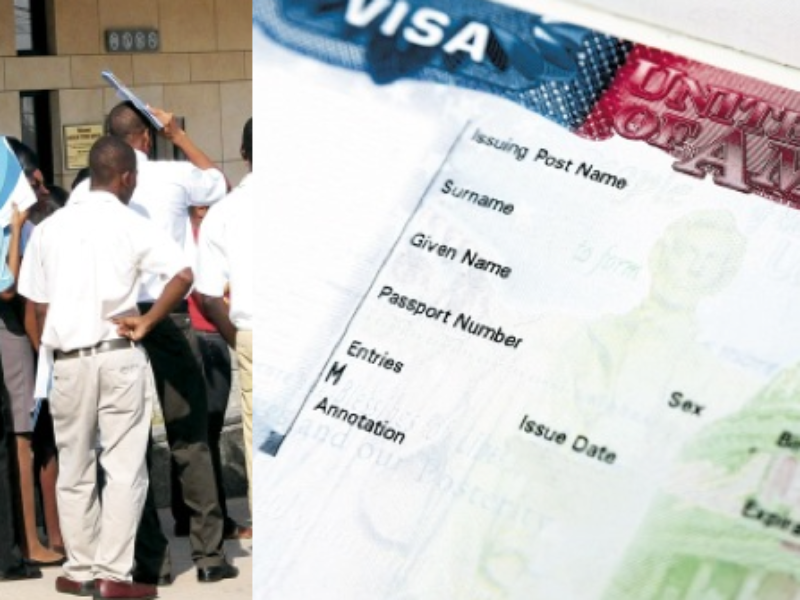
Jamaicans paid over $5 billion in visa fees in 2016 – (MUST READ)
Jamaicans paid over $5 billion in non-immigrant visa fees to the United States Government last year, based upon a calculation of data provided by the US Embassy here.
This comes at a time when newly sworn-in US President Donald J Trump has said that he will review immigration laws in that North American country with a view to clamping down on illegal immigrants, many of whom gain entry by using non-immigrant visas and then overstay their time.
Last year, Counselor for Public Affairs at the US Embassy Joshua Polacheck told the Jamaica Observer that the Embassy had been swamped with an excessive number of applications for non-immigrant visas that was putting a strain on its system.
The US diplomat revealed that the Embassy was processing an “unprecedented number of non-immigrant visas”, and was handling up to 1,000 a day in some instances.
The cost that goes with a non-immigrant visa application is US$160 (about $20,480), meaning that if 1,000 such visas are processed per day, it would amount to $20.5 million daily.
For a week at the same rate, the overall cost would be nearly $102.4 million.
Based upon what Polacheck described as the rapid growth in demand for US visas, which he said had zipped from 85,000 applications in the fiscal year (April 1 to March 31) of 2013, to 185,000 up to the middle of last year, the annual overall spend on trying to procure US non-immigrant visas would jump significantly. Over 52 weeks, the total cost would be $5.3 billion.
That sum does not include fees for student visas, crew members, or temporary workers.
It would represent around one per cent of Jamaica’s annual budget.
Based upon checks done by the Sunday Observer, most of the applicants are drawn from the lower and middle socio-economic strata of the society.
Many applicants are not formally employed and generate funds in the informal economy, while some are assisted by inflows of remittances from connections overseas.
Information sought from the US Embassy last year regarding the economic cost of administering each application, including the interview process, and to also determine what percentage of those who apply are actually granted visas, has still not been received.
Last August, Polacheck told the Sunday Observer that the demand for US visas had grown so much, that long before the end of the year, all the dates for US non-immigrant visa interviews had been used up.
A non-immigrant visa by definition is one issued to people who live outside the US, but who have a desire to visit the US temporarily for various reasons, among them vacation, to study or on business.
It marked the first time since the US introduced the system whereby applicants had to apply online for interview dates, that the “quota” had been exhausted so early in one year.
Many of the applicants seek dates directly online to the US Embassy, although a high number have opted to use the services of travel agencies for a fee.
“The US Embassy is currently processing an unprecedented number of non-immigrant visa cases,” Polacheck said in an e-mail response to the Sunday Observer last August.
“From fiscal year 2013 to fiscal year 2016, the number of applications has gone up from approximately 85,000 per year to 185,000 per year. In order to accommodate this demand, we have scheduled as many as 1,000 appointments a day; the number on any particular day is based on the number of consular officers available to conduct interviews.
“Those appointments we have opened for the remainder of the year are currently filled, but we will be adjusting the appointment capacity as our staff numbers change. These continual adjustments explain why applicants on any given day may find a different range of dates available than applicants find on the next day,” Polacheck said at the time.
He also said that the problem was confined to those persons seeking non-immigrant visas, but added that the Embassy would be willing to consider emergency cases.
“It is important to note that special visa categories such as students (F1 and J1), crew members (C1/D), and temporary workers (H2A, H2B) have separate appointment queues with much shorter wait times. As we move into back-to-school mode, we know that students need to get to school, agricultural workers need to get to the fall crops, and workers need to get to their jobs.
“I want to remind your readers that if they have urgent travel plans they can request an expedited appointment; we do our best to accommodate genuine emergencies. In order to request an expedited appointment applicants must schedule into the earliest available appointment, select the ‘Request Expedite’ link on the Application Summary Page of the schedule website, and follow the instructions there. It is not necessary to contact the Consular Section separately; we will review the request from within the scheduling website and respond online,” stated Polacheck.
The US Embassy is not the only one to profit from the issuing of visas.
There is a spinoff effect that lands in the lap of the nearby community of Standpipe in Barbican, as the people of that area offer services to visa applicants.
Chairs are rented to people who choose to wait, sometimes for long periods, with the rate starting at $100, even though the US Embassy consistently reminds applicants that they don’t need to arrive earlier than 15 minutes before their appointment.
Services are also offered to ‘clients’ to place their cellular phones into safekeeping, with charges starting at $500. Cellular phones are not allowed inside the Embassy.
Among the other services are the storage and washing of vehicles.
The Sunday Observer also did not get answers from the US Embassy about the number of Jamaicans, overall, who are issued with visas annually; the Embassy’s approval rate for Jamaican applicants; how costly it is for the US Embassy to produce a visa; among other questions.
